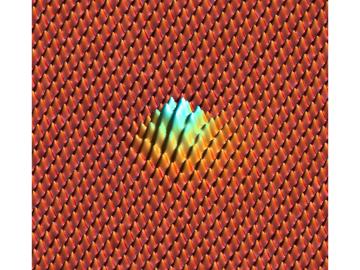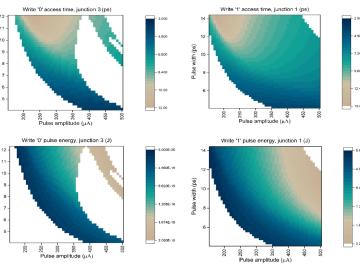
Filter News
Area of Research
News Type
Date
Media Contacts

Researchers at Oak Ridge National Laboratory found a simpler way to measure adhesion between graphene sheets, compared to a sophisticated method used in a 2015 study: They measured how much graphene deflects when neon atoms poke it from below to create “bubbles.” Each bubble’s curv...


By frequently changing the Internet addresses of protected servers, Oak Ridge National Laboratory’s Craig Shue has created a technology that thwarts attacks with just minor changes in infrastructure. The system, dubbed Choreographer, makes it difficult for hackers to guess the server’s address whi...

Improving welds of heavy and light armored fighting vehicles is the target of a collaboration among Oak Ridge National Laboratory, the U.S. Army Tank Automotive Research, Development and Engineering Center, and ArcelorMittal USA. While military vehicle designs use high-strength steels, hydrogen-in...

Federal employees and select personnel from national laboratories will gather at Oak Ridge National Laboratory in February for a two-day training session in nuclear forensics. The event, sponsored by the Department of Homeland Security (http://www.dhs.gov/about-domestic-nuclear-detection-office), ...

Using an Oak Ridge National Laboratory technology, inspectors of containers of nuclear material will be able to know with unprecedented confidence whether an intruder has tampered with a seal. The system uses a light source of entangled photons to verify the continuity of a fiber-based seal, accor...






